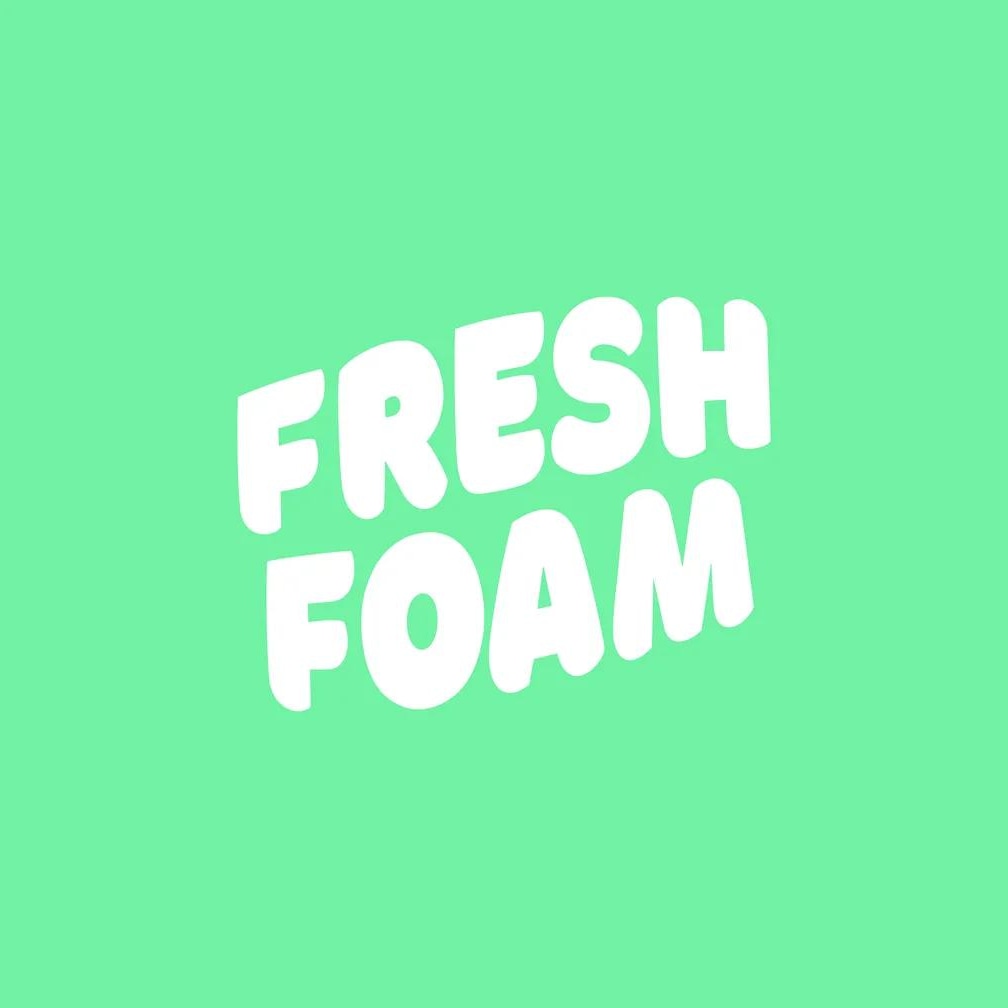Winter is coming, nay, winter is here, at least in Oz.
And with winter’s arrival it might be a good idea to rethink which board you use to navigate the colder ocean swells.
While in more northern areas of the great southern land like the Gold Coast the water temperature stays relatively warmer, (averaging around 20 to 23 degrees,) in the southern parts of the east coast, such as Sydney, the average water temperature in winter falls to around 17 to 20 degrees Celsius (63 to 68 degrees Fahrenheit for our U.S. readers). This is similar for the southern parts of Western Australia as well. Victoria and South Australian winter waters typically hovers around 12 to 15 degrees Celsius (54-59 F), while Tasmania’s Antarctic exposed seas drop to around 11-14 degrees on average.
In colder water, the density of water molecules increases. This increase in density is primarily due to the unique behavior of water as it approaches its freezing point.
At lower temperatures, water molecules lose kinetic energy and slow down. As a result, they have less thermal energy to overcome intermolecular forces and the water molecules pack more closely together, resulting in increased density.
So when you hear people describing cold water as feeling heavier, it actually is!
So how does colder water affect your board?
Bodyboards typically have either polyethylene (PE) or polypropylene (PP) cores. These cores have different properties and react differently in cold water.
Exposure to cold water makes the foam of a bodyboard stiffer and less flexible. This is because the low temperature causes the foam molecules to contract and reduce their mobility. As a result, the foam becomes less pliable and less responsive.
PP foam tends to be stiffer compared to PE foam and as such a PP foam core may exhibit less flexibility in cold water compared to one with a PE foam core.
With this in mind, if you’re looking for a board suited to the cooler waters of winter it may be worth investing in something with greater flex properties.
After running eye over what’s out there in the marketplace, in no particular order, these are the Fresh Foam top picks for your winter sled.
The All Rounder: Stealth Tour PE Tension Tech
The Stealth Tour PE features an all round prone template that is designed to be used in a range of conditions. The Tension Tech features a layer of mesh sandwiched between the deck and the ‘Ethafoam’ PE core. Combined with a Surlyn slick, the Tour PE doesn’t take a long time to break in and provides an old school Dow feel. The Tour PE is the perfect board to cover all conditions in colder conditions.

Old School Feels : The Science Zero.
The Zero is designed to have an old school feel with modern materials. Its core, described by Mike as “thick cut” is more technically a “Lightweight fusion foam compressed at 1.9lb offering instant recoil, enhanced stiffness and compression strength”. In layman’s terms it’s a thicker core that has more flex than the average bodyboard. With a wider template reminiscent of boards from the 90’s, the Zero is perfect for those wanting a more buoyancy and flex through the winter months.

The Arrow: NMD Player NRG+ Core.
The NRG+ core is 1.4lb Polypropylene, which is lighter, more buoyant, and offers a softer feel than a standard 1.9lb bodyboard core. Featuring the narrower, low wide point classic Ben Player template, the Player NRG+ would be a handy add to the quiver, particularly if you’re aiming to navigate slabbing reef breaks or clean open faced conditions so prevalent in Winter waves.



Leave a comment